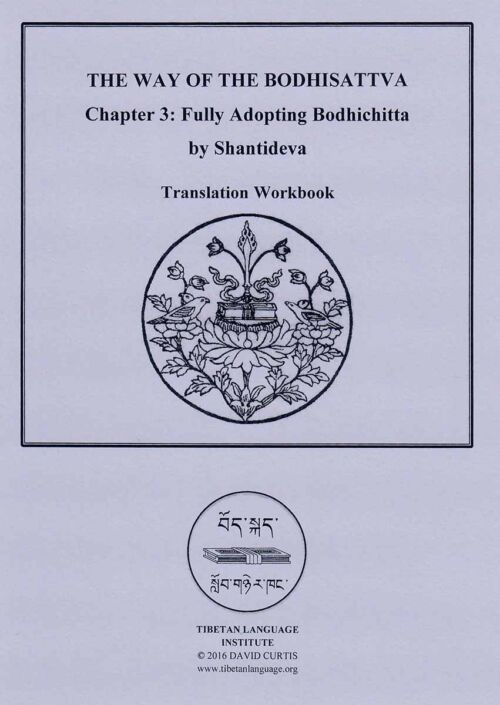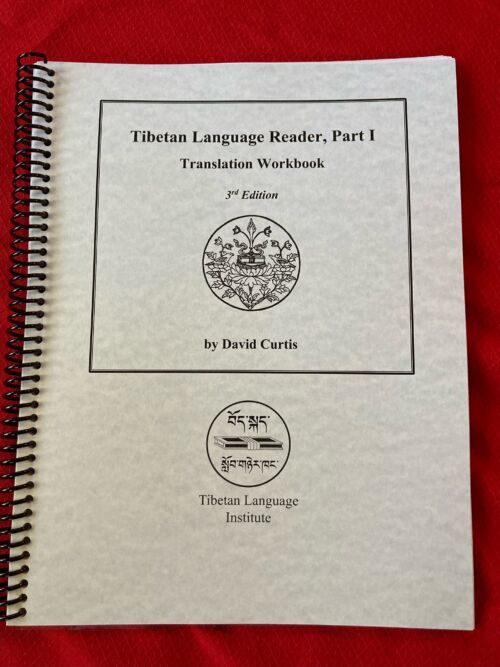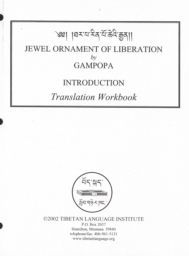-
Out of stock
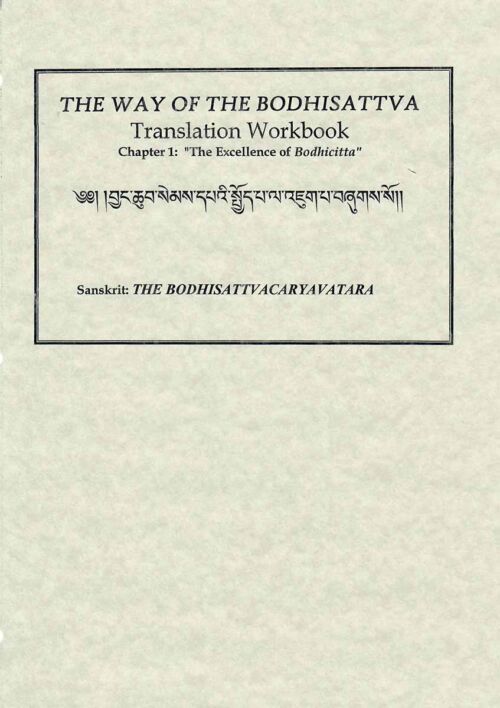 Composed in the 8th century, this text becomes richer and richer with each reading--it combines those rare qualities of scholastic precision, spiritual depth, and poetical beauty.
Composed in the 8th century, this text becomes richer and richer with each reading--it combines those rare qualities of scholastic precision, spiritual depth, and poetical beauty. -
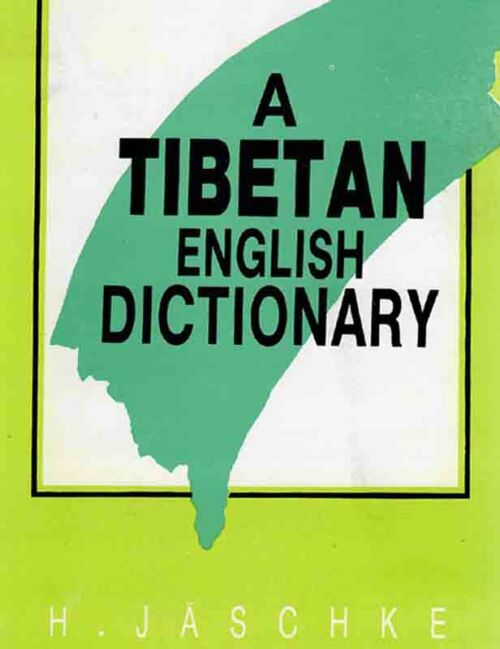 An excellent Tibetan-to-English dictionary! With hundreds of quotes from the Tibetan saint Milarepa, the Tibetan Book of the Dead ( the Bardo Thodol in Tibetan), and other Dharma sources. Includes an English-to-Tibetan glossary. Would like to understand the Tibetan words in your Buddhist sadhana? This dictionary is a guide for beginning to develop a sadhana vocabulary, an easier task than you might think.
An excellent Tibetan-to-English dictionary! With hundreds of quotes from the Tibetan saint Milarepa, the Tibetan Book of the Dead ( the Bardo Thodol in Tibetan), and other Dharma sources. Includes an English-to-Tibetan glossary. Would like to understand the Tibetan words in your Buddhist sadhana? This dictionary is a guide for beginning to develop a sadhana vocabulary, an easier task than you might think. -
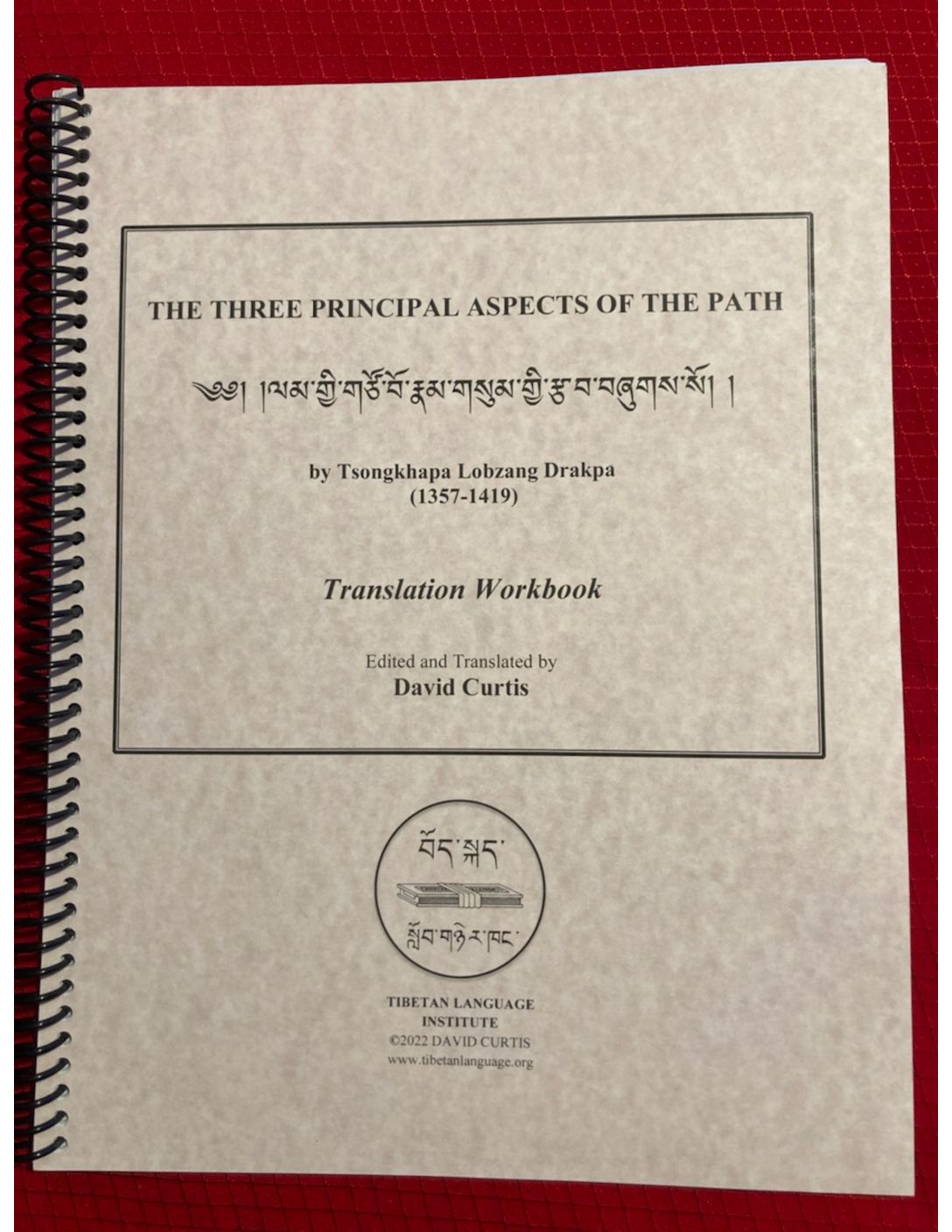 Become a better reader of Tibetan and engage more deeply with authentic Dharma teachings. The Three Princpal Aspects of the Path by Je Tsongkhapa (1357-1419) is a concise and beautifully crafted text, rich in Buddhist philosophical meaning. In just 14 verses, it offers a brief, highly-polished summary of the path (lamrim) to enlightenment. The Three Principal Aspects of the Path can be regarded as a highly condensed version of the Lamrim Chenmo, Tsongkhapa's magnum opus. Despite being over 600 years old, it is still an important text in the Tibetan Buddhist tradition.
Become a better reader of Tibetan and engage more deeply with authentic Dharma teachings. The Three Princpal Aspects of the Path by Je Tsongkhapa (1357-1419) is a concise and beautifully crafted text, rich in Buddhist philosophical meaning. In just 14 verses, it offers a brief, highly-polished summary of the path (lamrim) to enlightenment. The Three Principal Aspects of the Path can be regarded as a highly condensed version of the Lamrim Chenmo, Tsongkhapa's magnum opus. Despite being over 600 years old, it is still an important text in the Tibetan Buddhist tradition. -
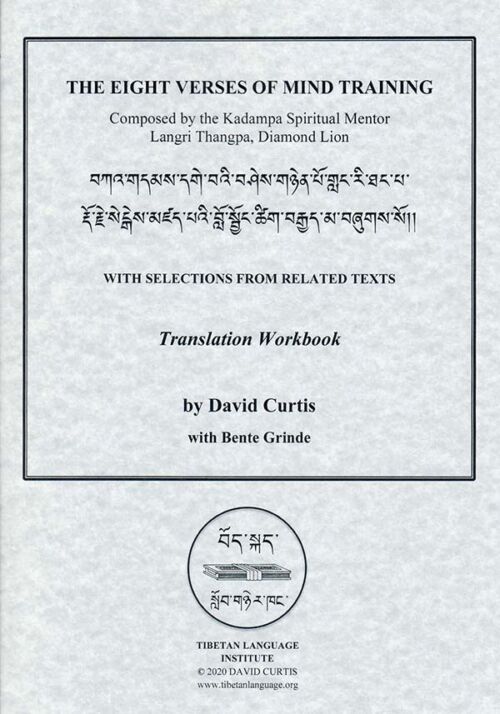 Become a better reader of Tibetan and engage more deeply with authentic Dharma teachings. Although written a thousand years ago by Kadampa spiritual mentor Geshe Langri Thangpa, the 8 Verses remains a brilliant lojong teaching that speaks right to our hearts in these challenging times. This a teaching that is still enthusiastically embraced by all lineages of Tibetan Buddhism. It has been taught by the 14th Dalai Lama, Lama Zopa Rinpoche, and most recently by Anam Thubten Rinpoche. Our workbook also has additional 4-line verses from various texts having to do with compassionate development of bodhicitta (the Heart of Awakening): a prayer from the Green Tara Sadhana, a verse from chapter 9 of Shantideva’s Engaging in the Conduct of the Bodhisattva, and a prayer from the Chenrezig Sadhana.
Become a better reader of Tibetan and engage more deeply with authentic Dharma teachings. Although written a thousand years ago by Kadampa spiritual mentor Geshe Langri Thangpa, the 8 Verses remains a brilliant lojong teaching that speaks right to our hearts in these challenging times. This a teaching that is still enthusiastically embraced by all lineages of Tibetan Buddhism. It has been taught by the 14th Dalai Lama, Lama Zopa Rinpoche, and most recently by Anam Thubten Rinpoche. Our workbook also has additional 4-line verses from various texts having to do with compassionate development of bodhicitta (the Heart of Awakening): a prayer from the Green Tara Sadhana, a verse from chapter 9 of Shantideva’s Engaging in the Conduct of the Bodhisattva, and a prayer from the Chenrezig Sadhana. -
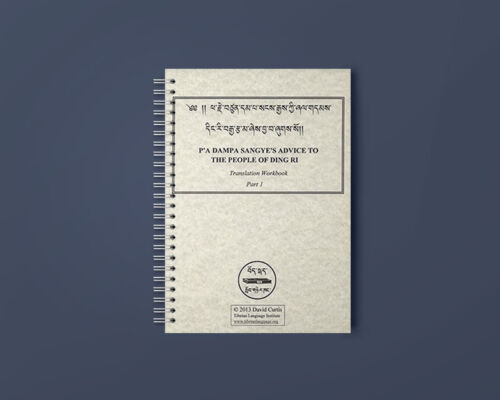 Our text is P'a Dampa's final teaching to his students in Ding Ri. Revered for nearly a thousand years by lamas and practitioners, his teaching contains practical and profound advice that still speaks to us today. The workbook contains the English translation, workbook pages for the student, an interlinear translation, and reading practice pages.
Our text is P'a Dampa's final teaching to his students in Ding Ri. Revered for nearly a thousand years by lamas and practitioners, his teaching contains practical and profound advice that still speaks to us today. The workbook contains the English translation, workbook pages for the student, an interlinear translation, and reading practice pages. -
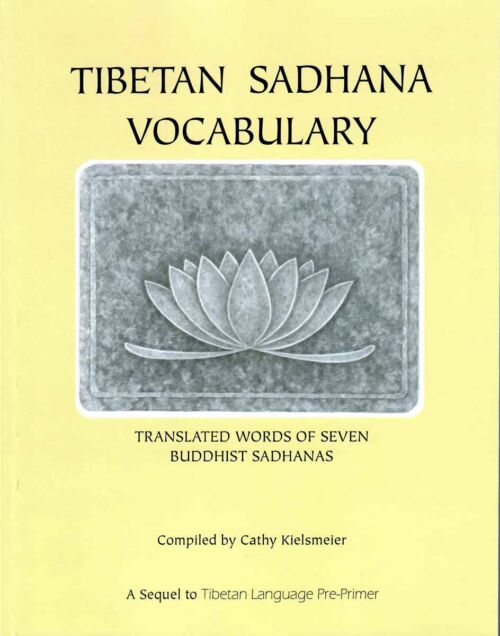 Does your daily meditation practice include reciting in Tibetan? Want to learn what the Tibetan words in your sadhana mean? This guide will help you with that project. Using this book you can more quickly and easily:
Does your daily meditation practice include reciting in Tibetan? Want to learn what the Tibetan words in your sadhana mean? This guide will help you with that project. Using this book you can more quickly and easily:- Transform your sadhana visualization practice by learning what you are saying in Tibetan as you recite in Tibetan.
- Design a basic vocabulary list to meet your individual goals.
- Develop a basic canonical vocabulary to prepare for retreats.
- Select out those words most frequently used, less used, or rarely used in these sadhanas.
-
Out of stock
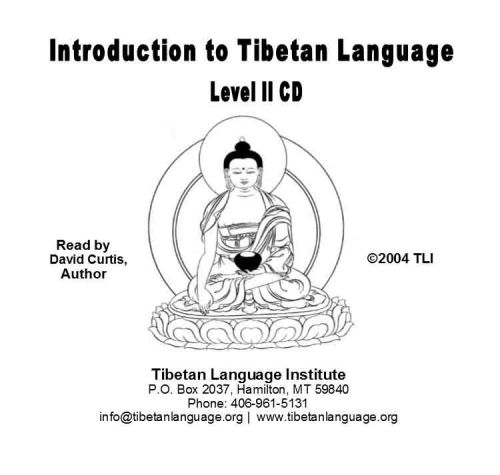 Lama David Curtis slowly spells and reads all of the Tibetan words found in the Level II Workbook. Easy way to learn more Dharma vocabulary.
Lama David Curtis slowly spells and reads all of the Tibetan words found in the Level II Workbook. Easy way to learn more Dharma vocabulary.

